Switching to a new type of litter for your cat? Think again. It's not a decision to make on a whim, nor is it a process to be rushed. Cats are creatures of habit, and making this change can be a complex task that affects both you and your pet.
In this article, we'll explore why you might want to change the litter, when it's appropriate to do so, and how to handle the transition with care.
From understanding your cat's preferences to choosing the right kind of litter and introducing it gradually, we'll guide you through the maze of options and considerations.
But remember, a wrong move can lead to a problem that's hard to reverse. Are you ready to dive into the details?
Understanding Your Cat's Litter Preferences
Every cat has its own quirks and preferences, and litter is no exception. Whether it's a particular brand or a specific texture, your cat's attachment to its litter can be as distinctive as its favorite foods or favored scratching posts.
Changing the litter isn't something to be taken lightly. It's not just about switching to a new brand; it's about understanding how this alteration can have a profound impact on your cat's daily routine.
Proceed with caution, and only make this change if it's truly necessary. When you do decide to make the switch, do so with the right understanding and approach. The well-being of your pet depends on it.
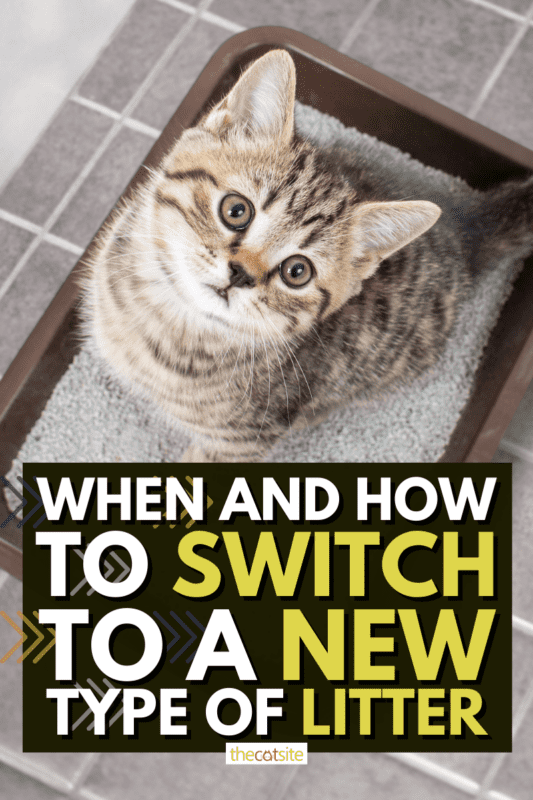
Take Your Time Making the Decision
Your cat isn't looking for an adventure. Most cats are set in their ways and prefer not to try new stuff, whether it's new food or new litter.
For cats and humans alike, change often means stress. You can read more about stress in our article Potential Stressors in Cats - The Ultimate Checklist.
If your cat is happily using her litter box with the existing type of litter, you shouldn't tempt fate by trying to switch litter unless you have a very good reason.
Make an undesired change too fast and you could end up with litter-box avoidance, a situation that can quickly turn into a habit that's hard to break, even if you go back to the old type of litter.
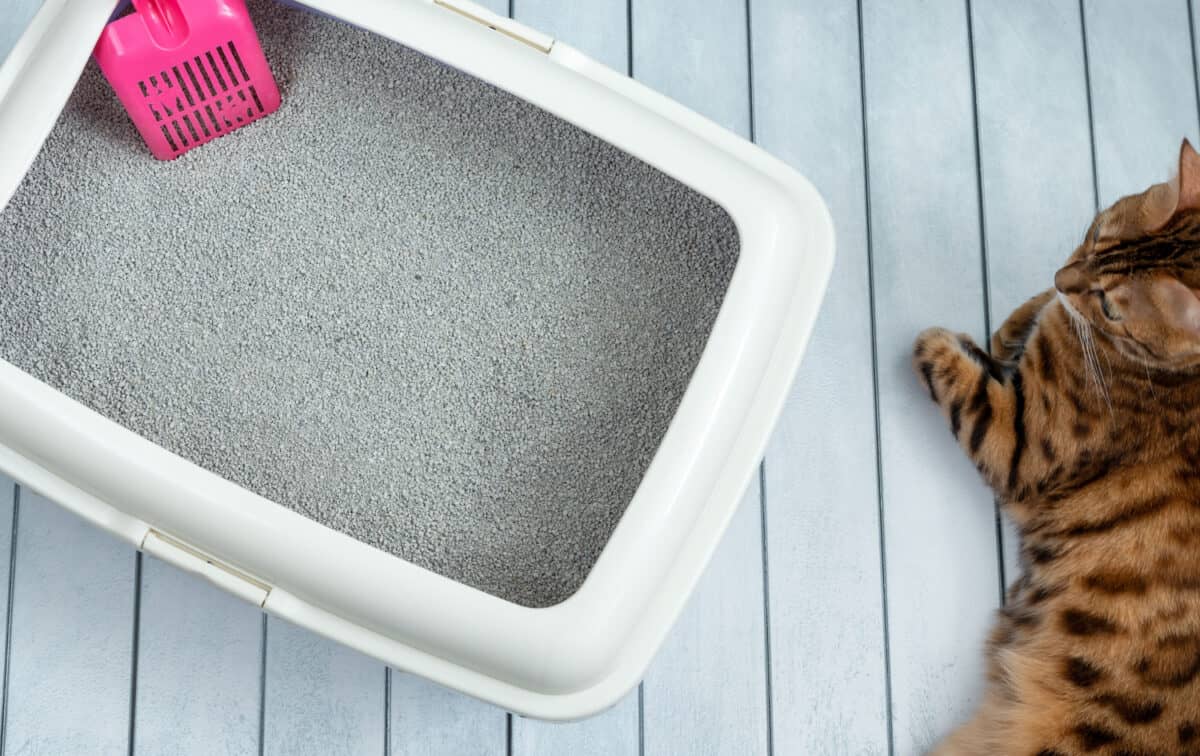
SIGN UP FOR THECATSITE'S EMAIL UPDATES >
Making the Decision to Change Cat Litter: When and Why
Switching your cat's litter is a big decision. Here's a closer look at when and why you might consider making a change, along with some tips to make sure you get it right.
Reasons to Consider a Switch
#1: Existing Litterbox Problems:
Existing litterbox problems, especially if your cat seemed uncomfortable digging in the box before starting to go elsewhere.
#2: Type of Litter:
Switching from non-clumping to clumping litter can make cleaning easier. Check these options:
See This Non-Clumping Cat Litter On Amazon
See This Premium Clumping Cat Litter On Amazon
#3 Availability Issues:
If your current brand is no longer available, you'll need to find an alternative (try to stock up if you can to ease the transition).
What Not to Do
Don't Switch Just Because You Want To:
Fancy commercials or appealing packaging might tempt you, but think about your cat's needs first.
Avoid Scented Litter for the Wrong Reasons:
If the litter box smells, don't just switch to scented litter. Address the real problem by cleaning more frequently or adjusting your cat's diet.
Get It Right the First Time
Choosing to switch litter is the first step. Doing it right is the next challenge. Here's what you should do:
- Learn About Options: Take time to understand the different types of litter available. What's best for your cat?
- Ask for Advice: Read our article on Choosing the Right Kind of Litter, check our Cat Litter Reviews section, or ask for advice in our Cat Care forum.
- Avoid Frequent Changes: Making the best decision now helps avoid another change soon. Your cat will thank you.
How To Switch To A New Brand Of Cat Litter The Right Way
So, you've made up your mind and it's time to switch Kitty to a new type of litter. You've researched everything and decided on which kind of new litter to try. What's next?
Keep Stress In Mind: Understanding Your Cat's Needs
Remember, change is stress. Depending on your cat's temperament and sensitivity to stressors, this could be a stressful process for her. In order to reduce stress and avoid the associated repercussions:
Make it Gradual: A slow transition helps avoid stress. Consider mixing in the new litter bit by bit.
Consider Other Stressors: Look at what else might be affecting your cat.
Our article on Potential Stressors in Cats might help.
Avoid Sudden Changes: Don't just dump the old litter and fill the box with the new one. This could lead to problems.
Gradual Change: A Step-by-Step Process
The last thing you want to do is simply dump the old litter, fill up the box with the new brand, and voila! Kitty has a new brand of cat litter!
While some cats may actually manage such an abrupt shift, most will be stressed out and some will avoid the new kind of litter altogether, choosing other spots in your home for their bathroom business.
Switching the litter should be a gradual process. Here's how to do it right:
Step 1: Start Slow
Make it a gradual change. Gradually add some of the new litter to your litter box every day, replacing the amount you scooped out.
Step 2: Watch the Reactions
Watch your cat's reactions without making a huge deal of her litterbox habits. Don't "ooh and aah" over her using the new litter, just keep things relaxed and as normal as possible.
Step 3: Adjust As Needed
If you think your cat seems distressed or suspicious of the new litter, slow things down a bit. If the cat seems oblivious to the change, continue to add more of the new type of litter until the box contains only the new brand of litter.
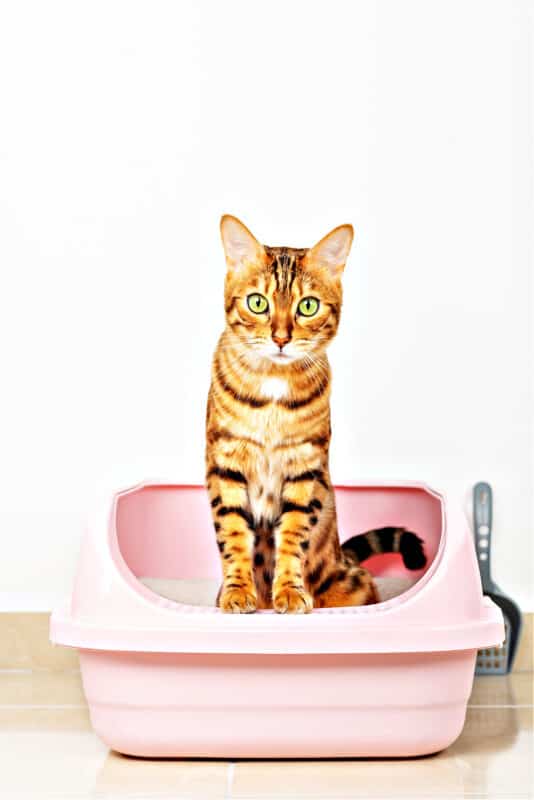
Offer Alternatives: A Flexible Approach
Offering different options can make the transition smoother:
Option 1: Keep The Old Box
Another way to make this a gradual, non-threatening, change is by offering more than one type of litter. Keep the old box with the brand she's used to, but alongside it offer a separate litter box with the new type of litter.
Option 2: Tempt With New Litter
You will still carry out the process of switching over the litter in the old box gradually and patiently, but offering your cat the new litter as an alternative may just tempt her to try it out on its own.
Option 3: Monitor The Success
If you find her using the new litter exclusively for a few days in a row, you can consider the switch complete and congratulate yourself on a successful change of litter.
A Thoughtful Transition
Switching to a new cat litter is more than a simple substitution. It requires understanding your cat's preferences, a gradual introduction to the new litter, and a willingness to adjust based on your cat's reactions.
With patience and thoughtful execution, you can make this transition a success, ensuring your cat's comfort and happiness in this new change. It's all about knowing your cat and making the change with care and consideration.



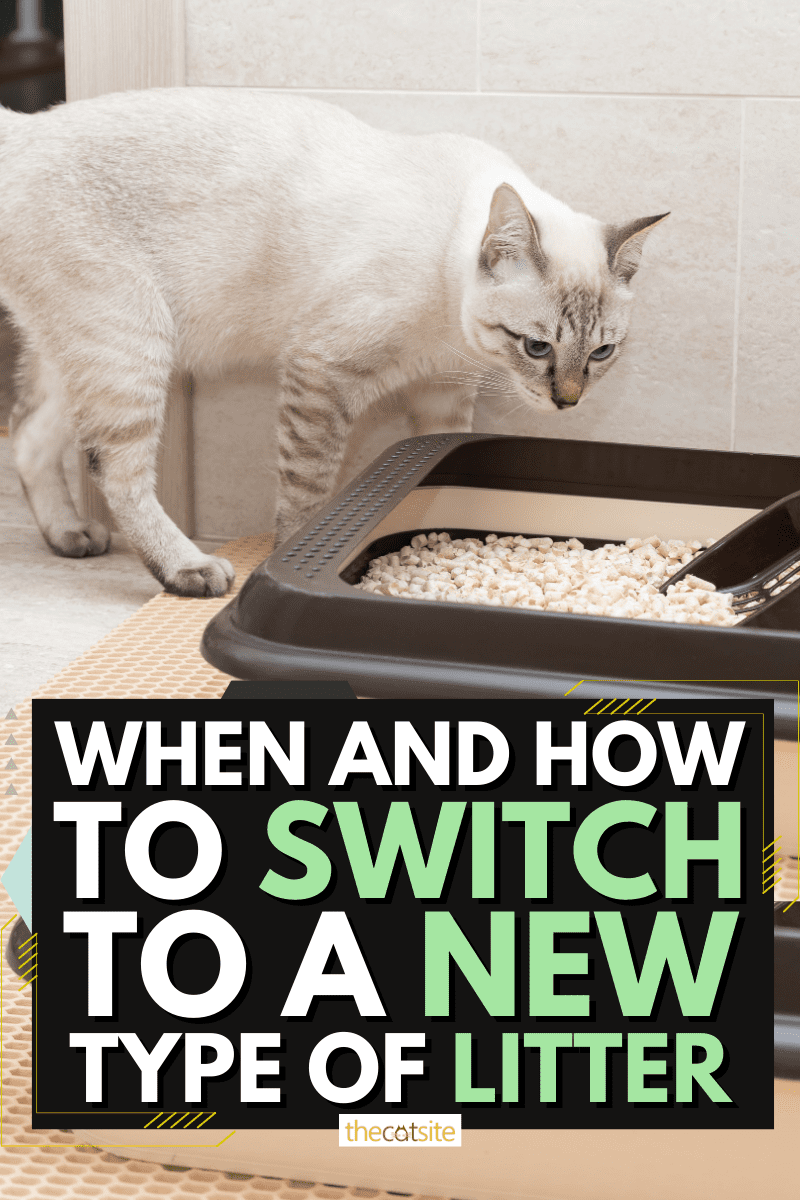
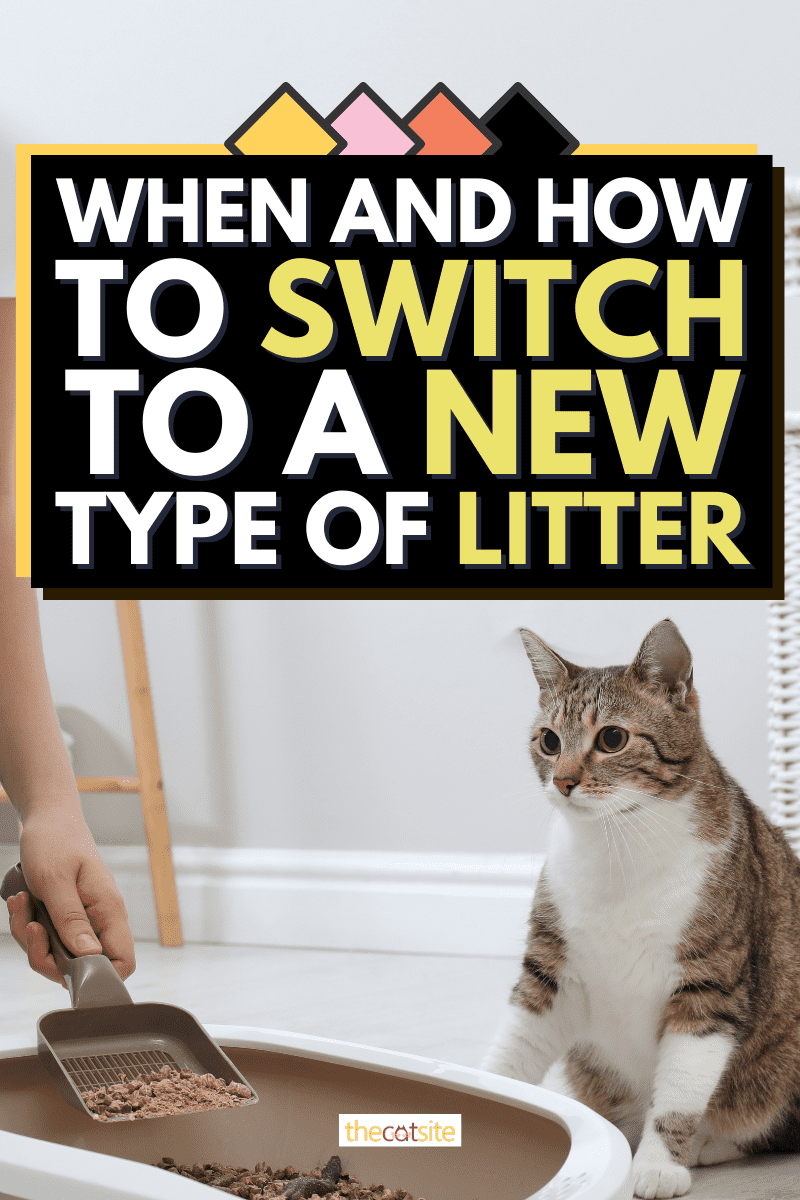
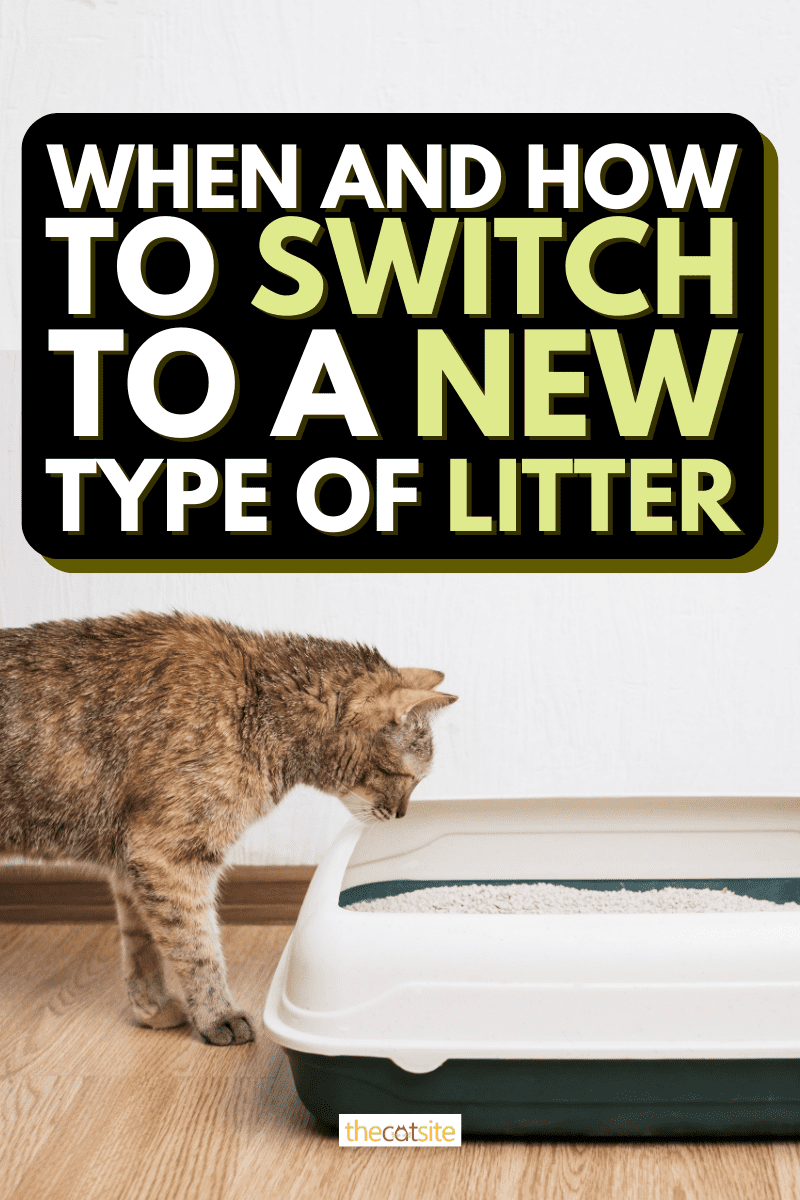
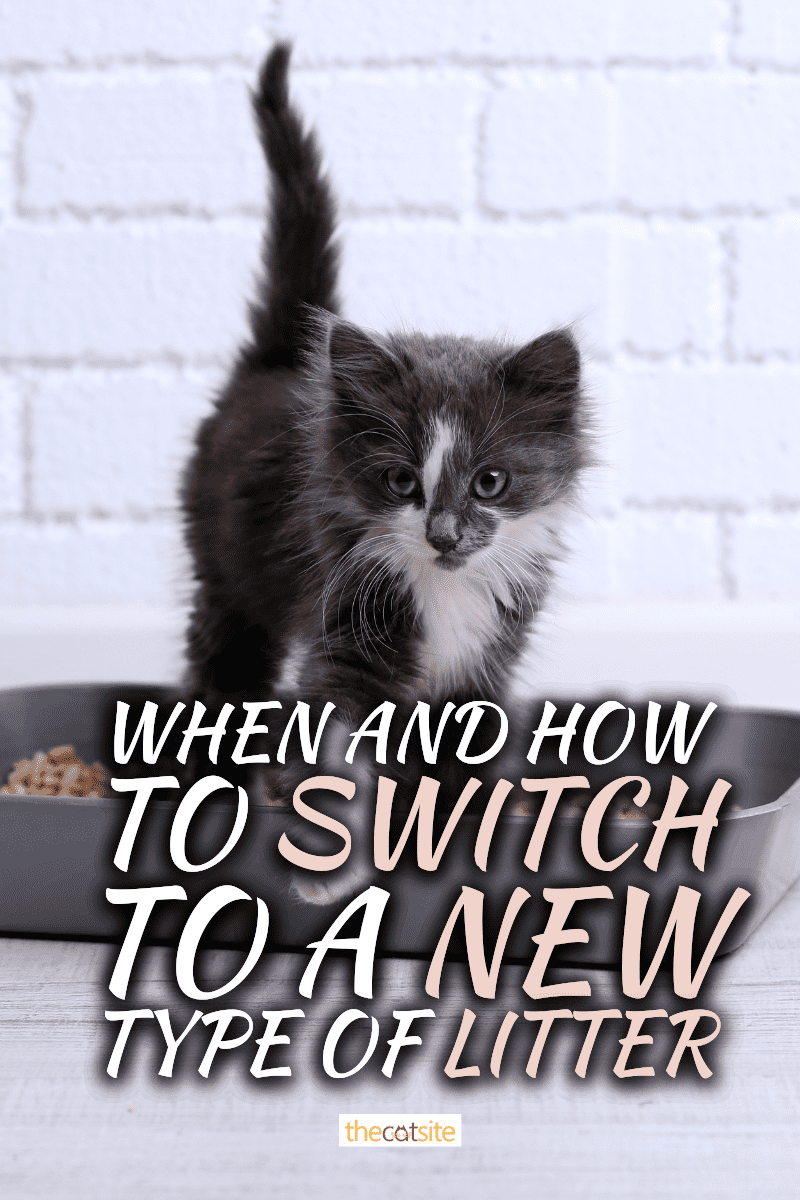


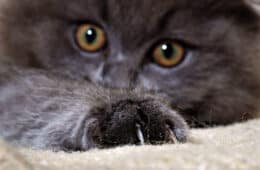
9 comments on “When And How To Switch To A New Type Of Litter [Step By Step Guide]”